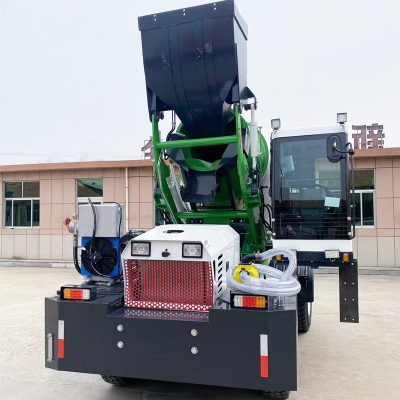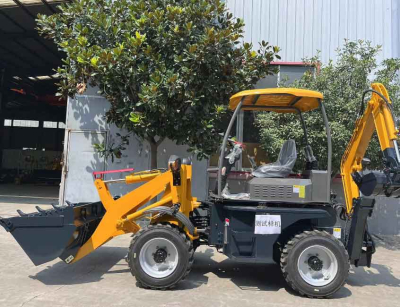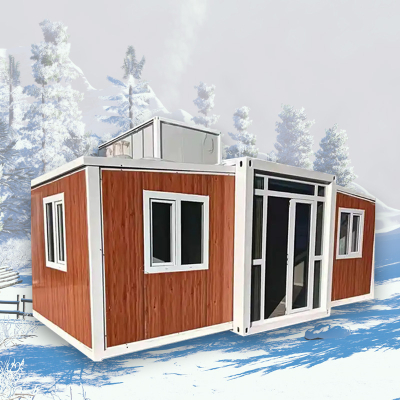Compact Spider Cranes Revolutionize Construction and Maintenance Projects in Urban Areas
A new generation of compact lifting equipment, commonly referred to as "spider cranes," is gaining traction in urban construction and maintenance sectors due to its versatility and space-saving design. These lightweight, maneuverable cranes are increasingly being deployed in tight spaces where traditional heavy machinery cannot operate, offering a solution to logistical challenges in densely populated cities.
Spider cranes are characterized by their collapsible legs, which stabilize the machine on uneven surfaces, and their ability to navigate narrow doorways, staircases, or rooftops. With lifting capacities ranging from 1 to 6 tons, these machines are ideal for tasks such as window installations, HVAC system maintenance, and material handling in historic buildings or high-rise renovations. Industry professionals highlight their electric or hybrid power options as a sustainable alternative, reducing noise pollution and emissions in environmentally sensitive zones.
Recent advancements in remote-control technology have further enhanced their precision and safety. Operators can now manage lifts from a distance, minimizing risks in hazardous environments. Additionally, modular attachments allow the cranes to adapt to tasks like glass handling, drilling, or even artistic installations.
The growing demand for spider cranes aligns with global urbanization trends, where aging infrastructure and space constraints require innovative equipment. "These machines bridge the gap between manual labor and large-scale machinery," said a construction project manager familiar with their use. "They improve efficiency without compromising safety or site accessibility."
As cities continue to prioritize sustainable development and adaptive reuse of existing structures, spider cranes are poised to become a staple in modern engineering and maintenance workflows. Industry analysts predict a steady rise in adoption across sectors, from telecommunications to renewable energy installations.




